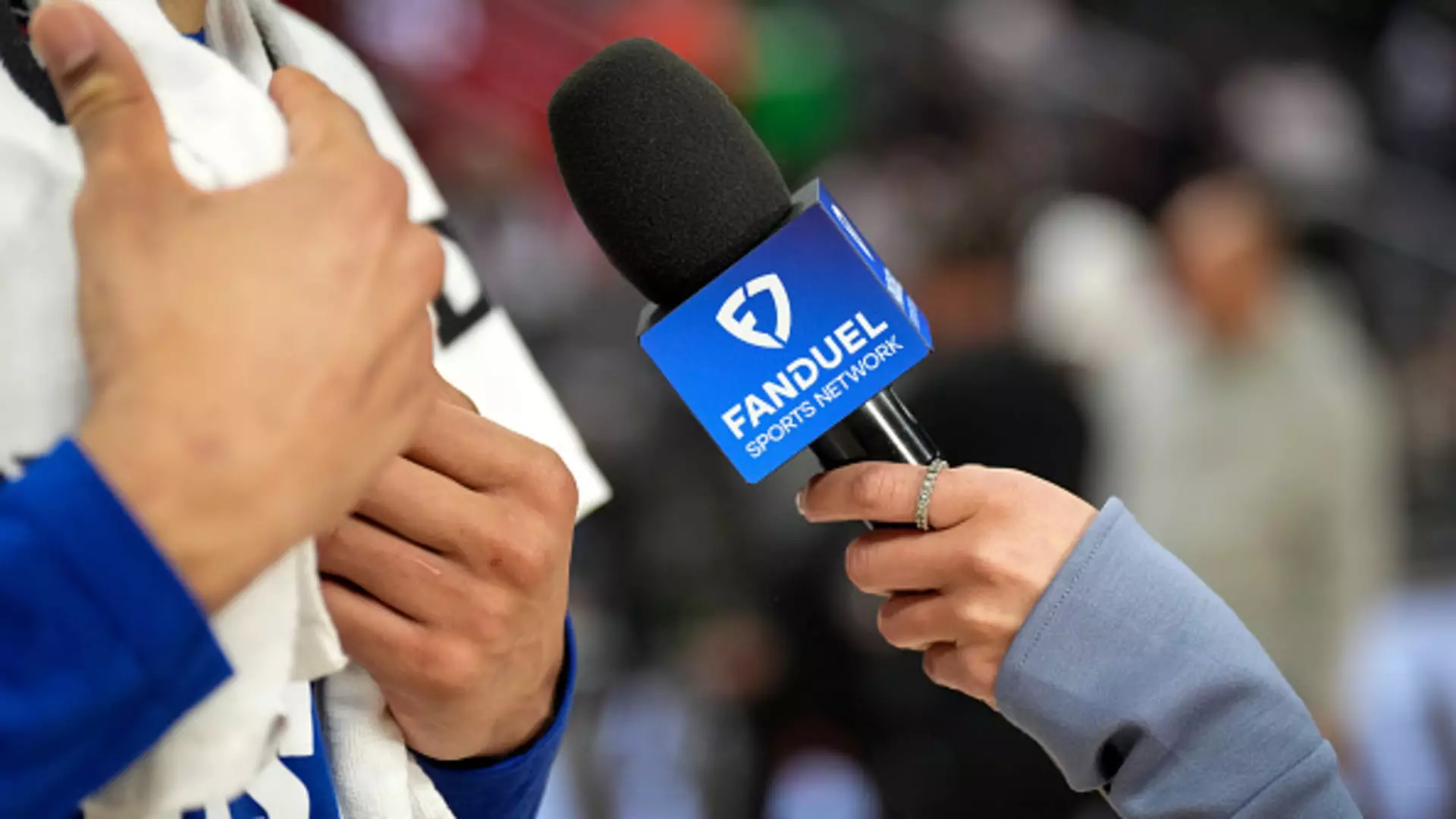In an era where traditional pay-TV is losing its grip on viewers faster than ever, FanDuel Sports Network, operated by Main Street Sports Group, has remarkably reversed the trend by acquiring a stunning 650,000 subscribers in just eight weeks. What sounds like a triumphant narrative, however, bears deeper scrutiny. The numbers alone may seem promising, but they raise questions about sustainability and the future of regional sports broadcasting. As the landscape shifts dramatically, one has to wonder: can the FanDuel model last, or is it simply another blip on the radar before the inevitable collapse of regional sports networks?
Breaking Free from Bankruptcy: A Double-Edged Sword
Emerging from bankruptcy protection, Main Street Sports Group has dramatically restructured its business. While their debt issues have been alleviated, the decline of traditional cable viewership cannot be dismissed. With pay-TV subscribers dwindling, FanDuel’s rebranding from Bally Sports is reminiscent of a company desperately trying to breathe life into an outdated model. This transition allows them to ride the wave of streaming but should be approached with skepticism. Having cut down their team portfolio and renegotiated agreements with lenders and leagues, it appears as if the company is simply trying to keep its head above water rather than innovating for long-term success.
The Appeal of Digital Partnerships
Main Street Sports’ partnerships with platforms like Amazon’s Prime Video and sports media outlets such as SB Nation and Yahoo Sports ought to serve as catalysts for subscriber growth. The integration of affiliate links and specific promotional offers for fans is a solid strategy. However, while they celebrate the surge in daily and monthly users, one must ask: how much of this growth is due to genuine interest in the content versus marketing tactics? The reality is that these partnerships are a constructive approach to navigating a tumultuous landscape—but they could also reflect a lack of authenticity in relationship-building with fans.
Driving Engagement: Is It Sustainable?
With viewer engagement metrics showing a 9% increase in average watch time, the focus seems to be on retaining subscribers rather than acquiring them sustainably. Main Street Sports Group’s Chief Operating Officer, Michael Schneider, has touted their “efficient acquisition program” focusing on digital marketing strategies to capture new customers. While these initiatives are enticing in their initial returns, they often come with a cost that isn’t purely financial. The push to acquire users at all costs can lead to disillusioned fans who feel targeted purely as revenue generators. The longevity of subscriber satisfaction, which translates to loyalty, remains uncertain.
Pricing Strategy: A Gamble in a Competitive Arena
FanDuel Sports Network’s subscription starts at $19.99 per month—a pricing strategy that seems tailored more for affluent sports enthusiasts than the average consumer. The relatively steep price point reflects the company’s contractual obligations with pay-TV providers, making it a gamble amid fierce competition from many other streaming services. Notably, they are even considering testing lower price points to attract more subscribers. Will this attract fans who feel priced out, or simply devalue the service? Traditional sports broadcasting has relied on accessibility for a broader audience; moving forward, consumer sentiment surrounding affordability will be crucial.
The Shifting Landscape of Sports Broadcasting
The implications of FanDuel’s performance provide critical insight into the pessimistic reality of the regional sports broadcasting model. Established networks like MSG have faced operational challenges in their struggle to adapt. The trajectory of subscriber engagement, though encouraging at first glance, is indicative of a deeper evolution—or more accurately, a revolution—that could shape the future of how we consume sports. Will FanDuel’s push be a trailblazer for localized sports via streaming, or are we merely witnessing an industry trying to delay the inevitable demise of a dated business model?
The success of fragmented yet tailored digital subscriptions carries weighty implications for both consumers and companies within the sports arena. As traditional pay-TV crumbles, the race is on for companies to develop sustainable models that respect viewer experience while staying profitable. The next few years will reveal whether partnerships and pricing strategies can stabilize a seemingly waning sector or if they merely provide a fleeting sense of security in an increasingly volatile market.

